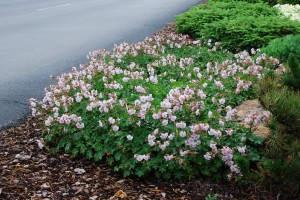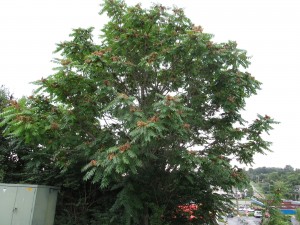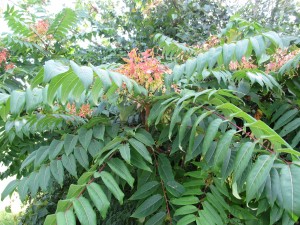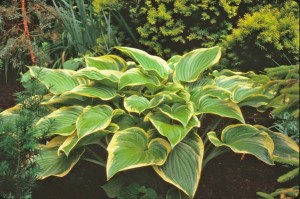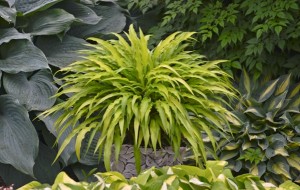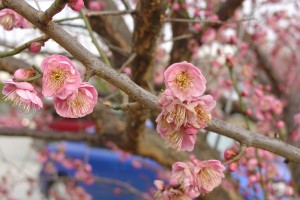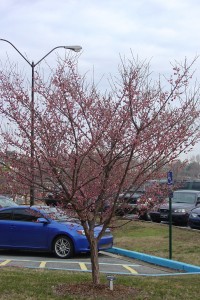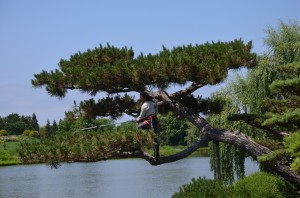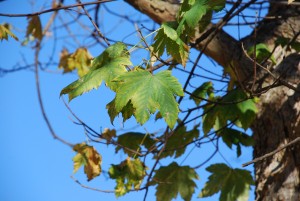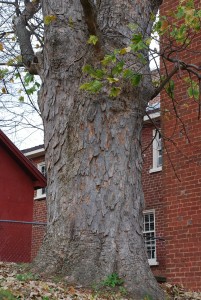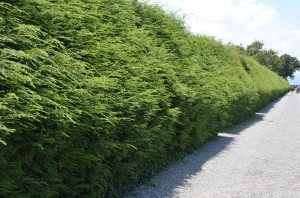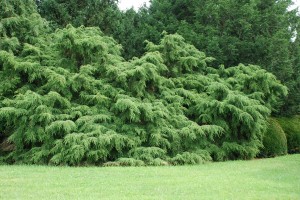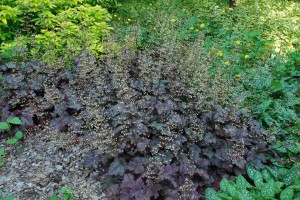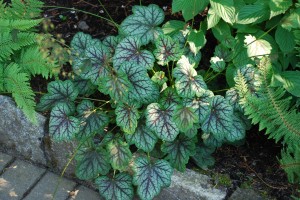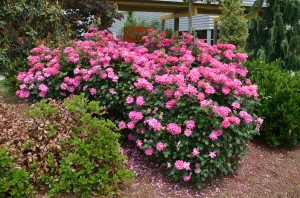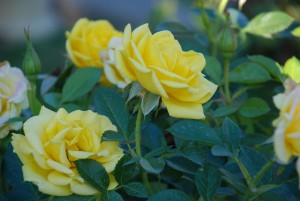Biokova is not a new geranium, aka cranesbill (Geranium x cantebrigiense ‘Biokova’). Its exceptional landscape performance has earned the 2015 Perennial Plant of the Year designation. Cranesbills are highly dependable perennial ground cover for partial sun to partial shade landscape sites (USDA hardiness zones 5-8).
Among the better choices of cranesbills, ‘Biokova’ has proven exceptionally reliable here in the Southern Appalachian region (USDA hardiness zones 6 and 7). Flowers open white with a slight pinkish blush. Heaviest bloom occurs in May over 2-3 week period. Plants bloom intermittently through the summer into fall if kept actively growing.
Individual plants grow in a circular pattern, 1 foot high and 3 feet in spread, eventually to merge into dense ground cover. Biokova can also be included in a rock garden or containers. In cold areas, blemish-free dark green summer foliage turns burgundy red in late autumn. In its southern range Biokova foliage is evergreen. At the start of spring cranesbills look its best if closely mowed back.
Cranesbills grow best in a compost-rich well-drained soil. Few disease and insect problems plague cranesbills when they’re properly sited. They should be irrigated until established, usually within one year. Biokova displays moderate drought tolerance but is best irrigated during prolonged seasonal dry spells to keep foliage looking fresh.
Biokova is a constant feeder and benefits from two applications of granular 10-10-10 fertilizer in early spring and a second in mid- to late June @ 2 lbs. per 100 square feet of landscape bed.

